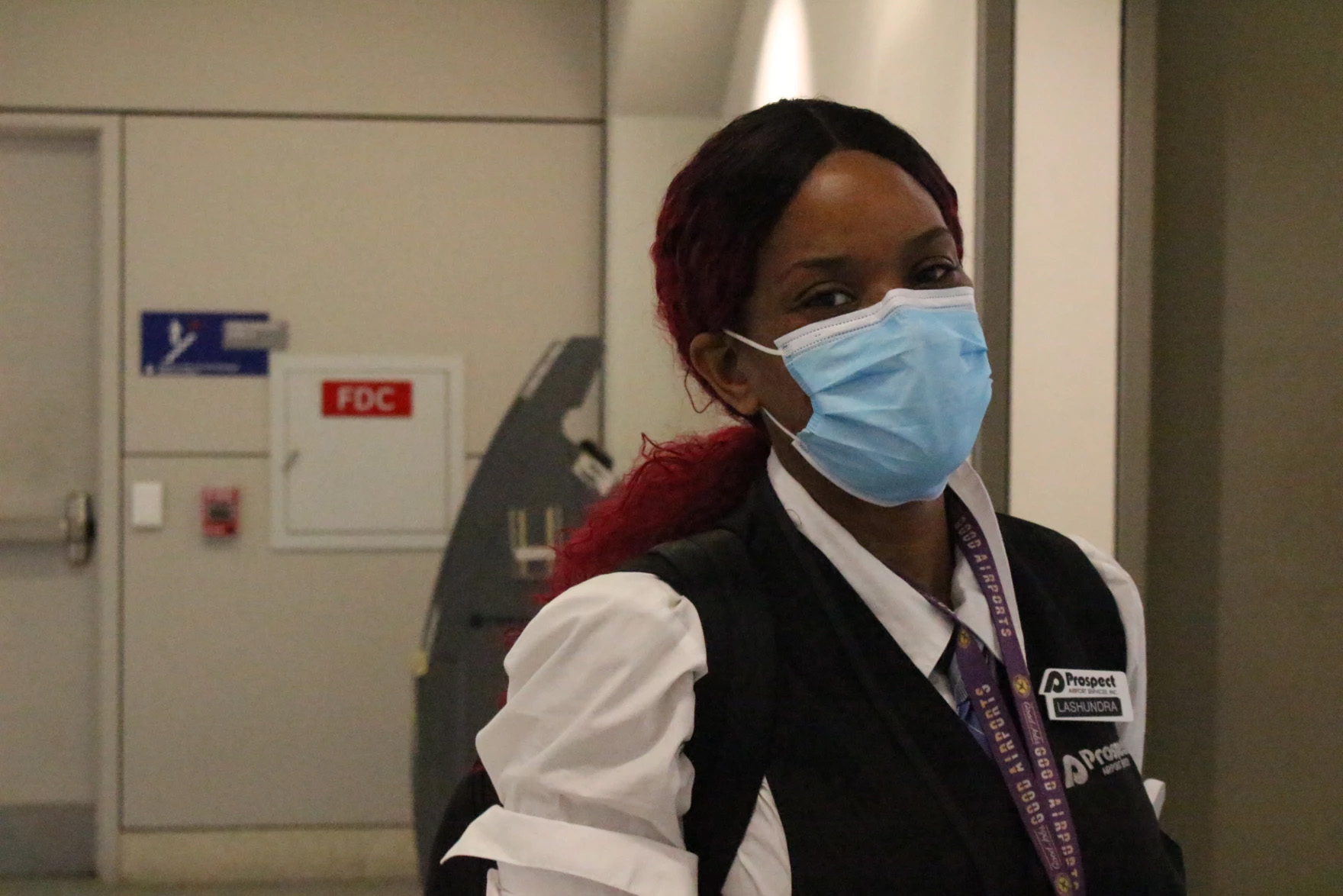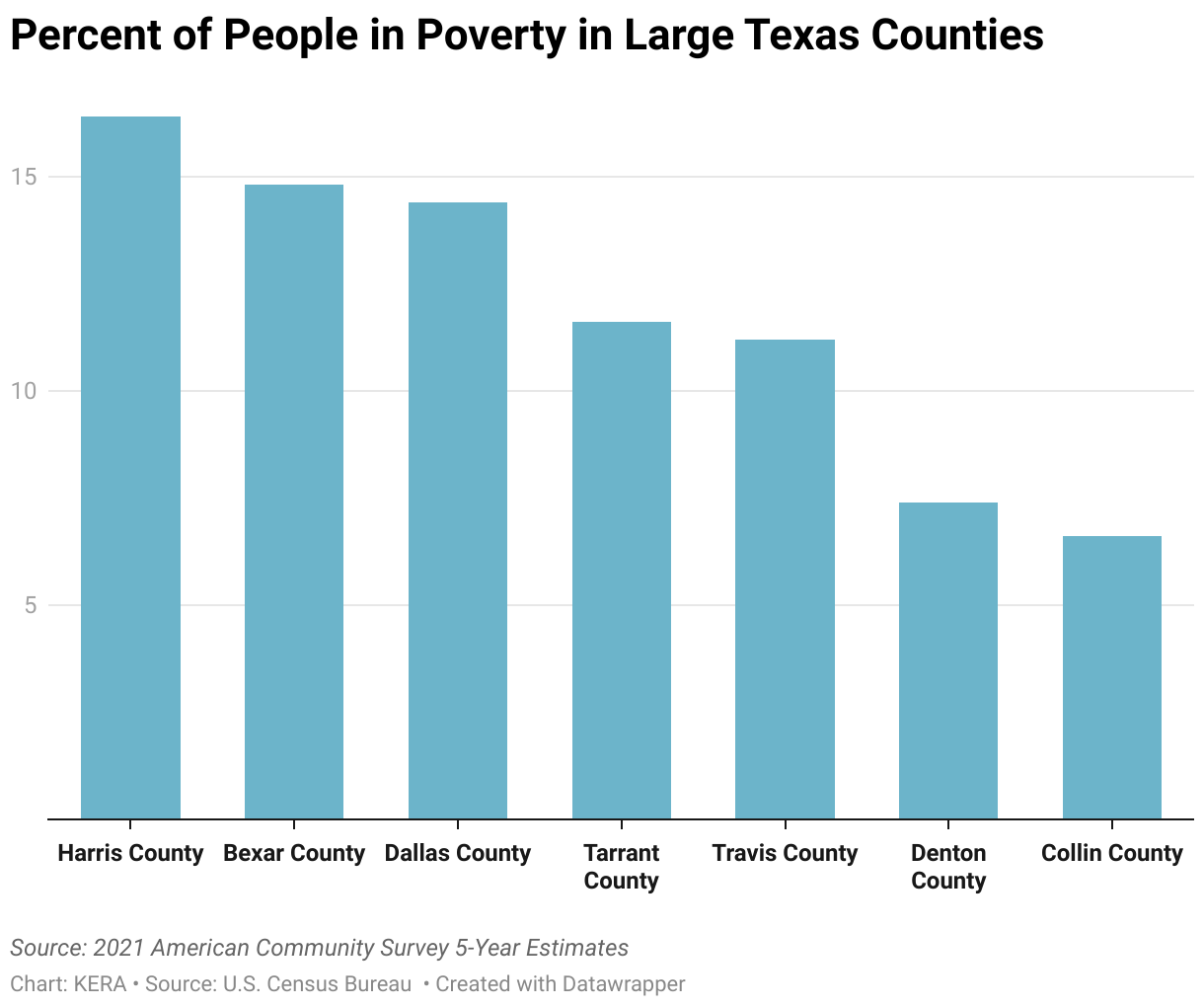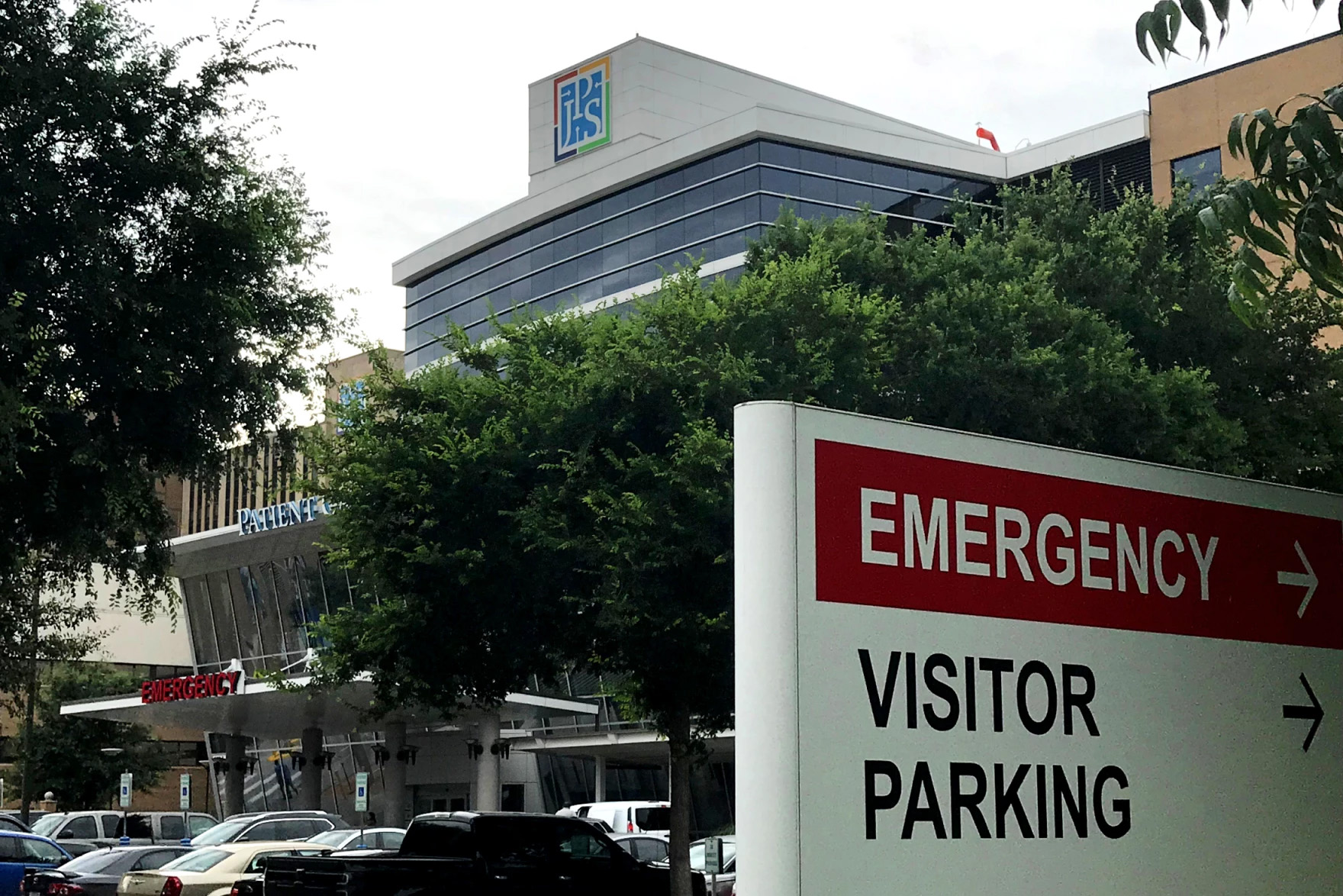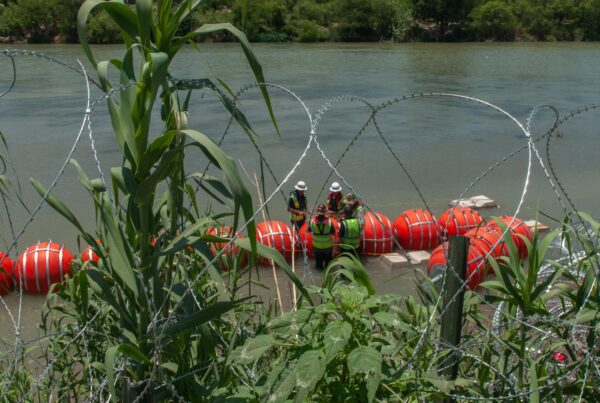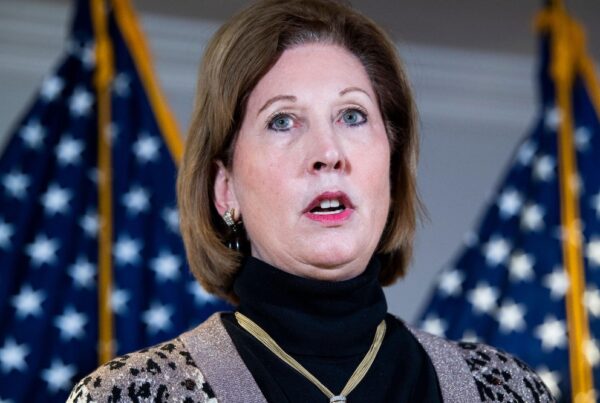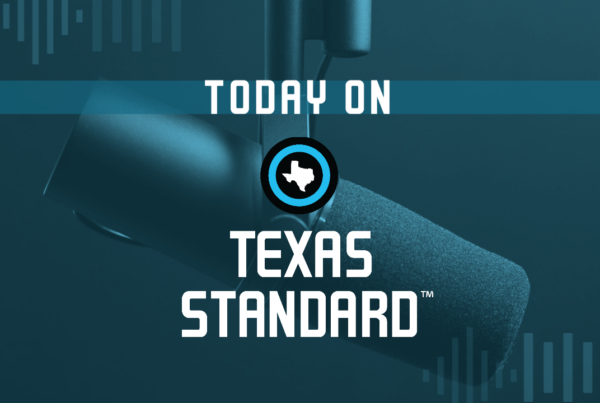Dallas County has the highest uninsured rate among large counties in Texas, as well as major counties in the DFW region. More than 1 in 5 people in the county lack insurance to help cover medical costs.
And insurance coverage throughout the state may get even worse as Medicaid recipients are required to re-enroll for the first time in years.
Federal changes to public health insurance programs during the COVID-19 pandemic increased the percentage of people with health insurance coverage. Now, a massive effort to reassess who qualifies for the Medicaid program is moving hundreds of thousands off of the rolls, although private insurance sold through the Affordable Care Act may be low cost or free for many people due to expanded subsidies.
Texas is notorious for having the highest uninsured rate in the nation – 18% – and refusing to expand Medicaid under the Affordable Care Act. That choice leaves millions uncovered, or wondering what’s next.
Why having insurance matters
LaShundra Randall would like to be able to afford health insurance and see doctors of her own choosing. Randall has sickle cell anemia, which requires regular blood transfusions.
“If I don’t get a blood transfusion, that can be bad for me,” she said.
Randall waits several hours at Parkland Hospital, the public hospital in Dallas, to get transfusions at very low cost to her. Having insurance, she said, would shorten her wait time and also allow her to pick her own doctor.
Randall is one of the approximately 550,000 residents of Dallas County who are uninsured. Her two kids are both enrolled in Medicaid, a health insurance program funded by the federal and state governments. But as a working adult, she is one of the millions of low-income Texans who have very little chance of qualifying for public health insurance.
Randall, an employee with the American Airlines subcontractor Prospect Airport Services, is an escort for unaccompanied minors at DFW Airport. She is trying to form a union with her coworkers. Randall’s job caring for child travelers during their layovers pays $14 an hour.
“They offer insurance. The only thing is, it’s expensive,” she told KERA. “You can’t get that insurance – especially with how much we make an hour.”
Anne Dunkelberg, a senior fellow at the left-leaning policy group Every Texan, said that while insurance alone doesn’t make an individual person healthier, the insured are “substantially healthier and substantially more likely to get preventative care,” like immunizations, as well as care when they’re sick or injured.


